For two decades, Pokémon players have dreamt of going on a real-life Pokémon journey, and now mobile sensation Pokémon GO finally gives them the chance to do so – or at least the closest possible alternative (read our somewhat mixed review).
With smartphone in hand, players can explore the world around them, collecting Pokémon and battling for control of Pokémon Trainer gyms – the game's augmented reality features even place the creatures in the world around you. The app's popularity is bringing players together to share the experience, which has, of course, led to some ridiculous and faintly hilarious headlines as overly enthusiastic players have been falling off cliffs, getting robbed, or even arrested. There's also been a terrifing spike in searches for Pokémon porn... But we digress.
The main problem with the game (other than the chronic server issues (though they'll hopefully be addressed soon) is that very little about it is explained. It's pretty much a case of meeting Professor Willow, your ostensible guide, being given some Pokéballs, and sent off on your way. What follows are all the handy pointers that Willow was too lazy to bother with.
Customising your character
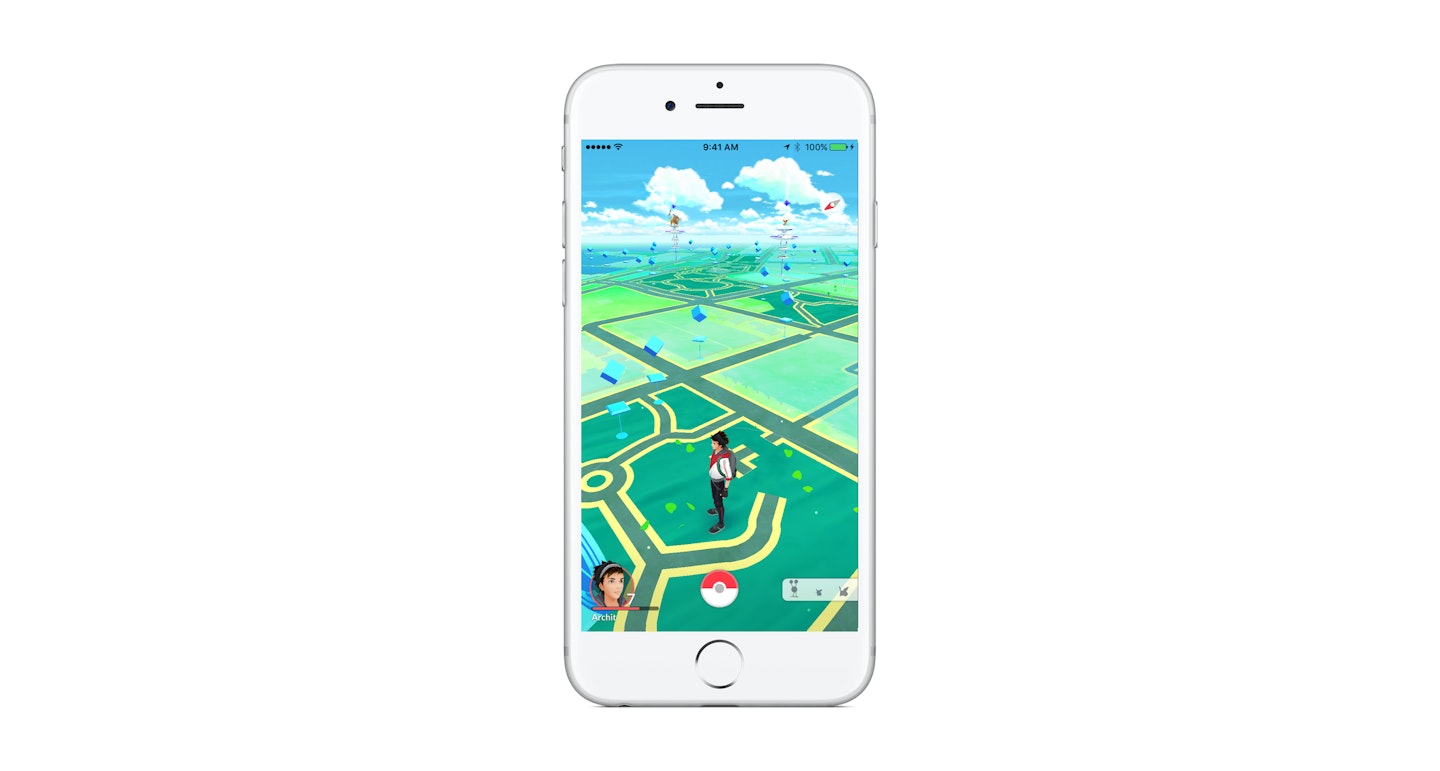
Dress well. Unless developer Niantic changes this in a future update, you can't redesign your customised character once you've started your game. Make sure you're totally happy with your look before setting off, because you're stuck with it.
Choosing your starting Pokémon.
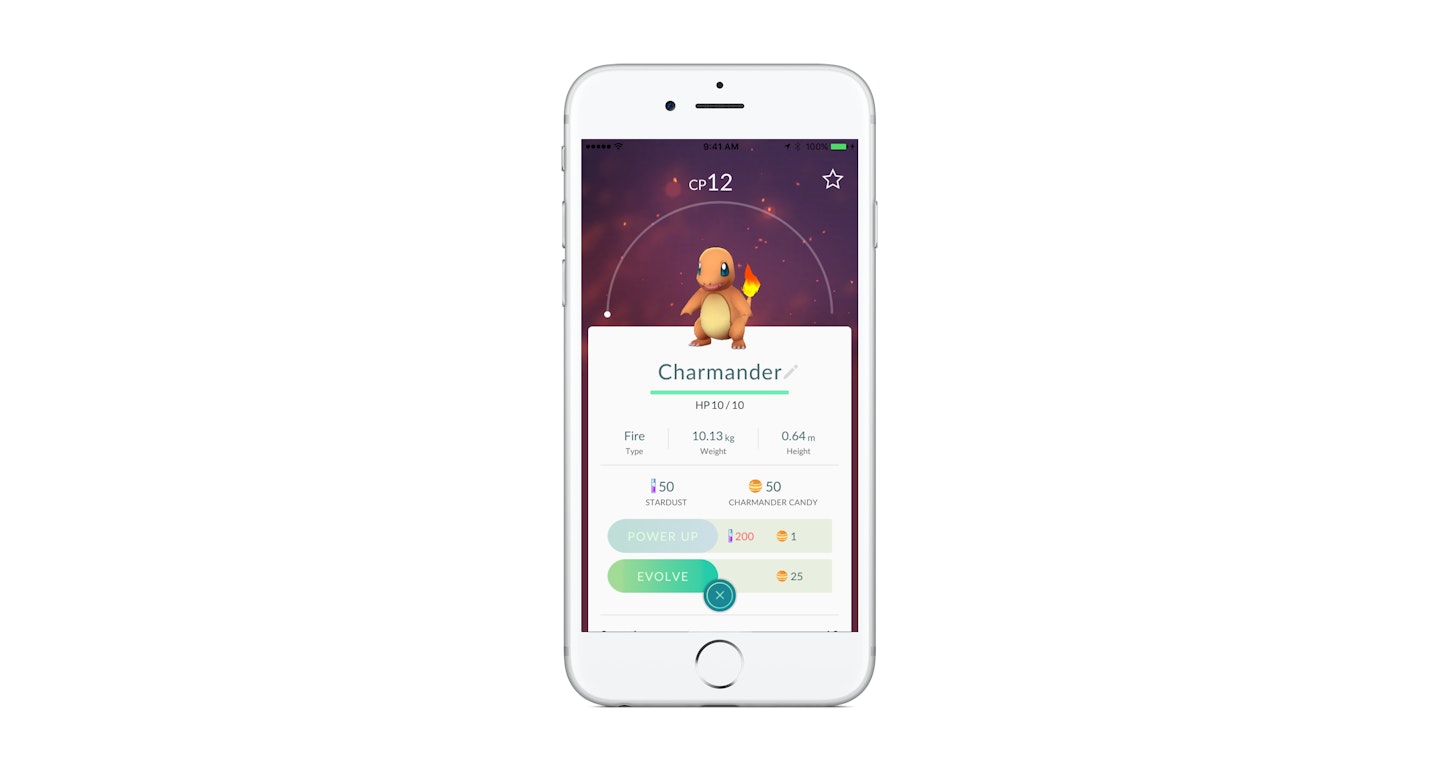
When you set out, Professor Willow prompts you to catch one of the three original starter Pokémon – Bulbasaur, Charmander, or Squirtle. However, there is a fourth option: the electric mouse itself, Pikachu. To get the series mascot to appear as a possible fourth Pokémon, walk away from the main trio four times. They'll respawn around you when they leave the map screen, eventually bringing Pikachu with them.
Keep in mind though, a starter Pokémon doesn't have the same gravitas that it does in the core games. They don't level up from battling, and you'll eventually be able to find them all to catch in the wild. Getting Pikachu first is purely for bragging rights.
Catching Pokémon: curveballs and colour rings
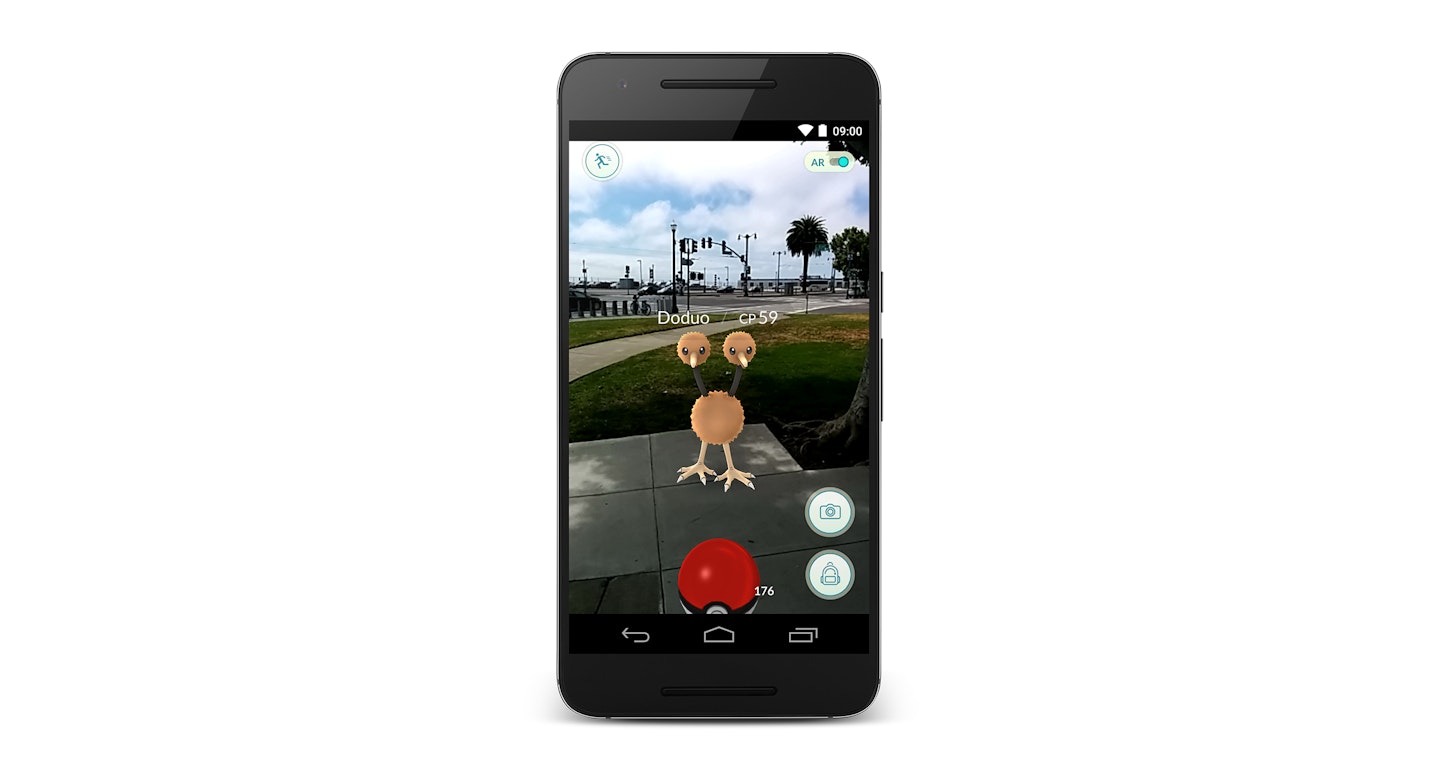
Catching Pokémon is different to the core games too. The creatures will spawn on the map as you wander; simply tap them to engage. This brings up a separate screen where you throw Pokéballs at your intended catch. There's no whittling down their health though – it's all down to skill and luck.
However, there are tricks to improving catch rate. Items called Razz Berries increase a Pokémon's friendliness and stop the more skittish ones from fleeing so easily – these can be randomly found at Pokéstops. When throwing a Pokéball, if you spin it with your finger on screen, this creates a curve ball, and increases the amount of experience you earn. Also, aim for the diminishing circle that appears when holding your finger on the ball – the smaller it is when you hit, the better your chances of catching. The colour of the ring indicates a Pokémon's rarity too: green for common, orange-yellow for uncommon, red for rare.
Pokéstops: item time

As you explore, you'll see little blue pylon markers dotted around, which spring to life as you approach. Tap on them, and you'll be greeted by a dial that you spin with a swipe to activate. These are the aforementioned Pokéstops, generated from areas of local interest around you, and they replenish your stocks of Pokéballs, health items such as potions and revives, and Razz Berries.
Pokéstops serve another purpose too though – they can attract Pokémon. Once you've tapped on one, there's a small white oval underneath their names. Items called Lures can be placed here if you have them in your inventory, which draw Pokémon in for 30 minutes at a time. You'll know if a Pokéstop has one attached beforehand, as it'll be swirling with petals on the map screen.
Pokémon Gyms
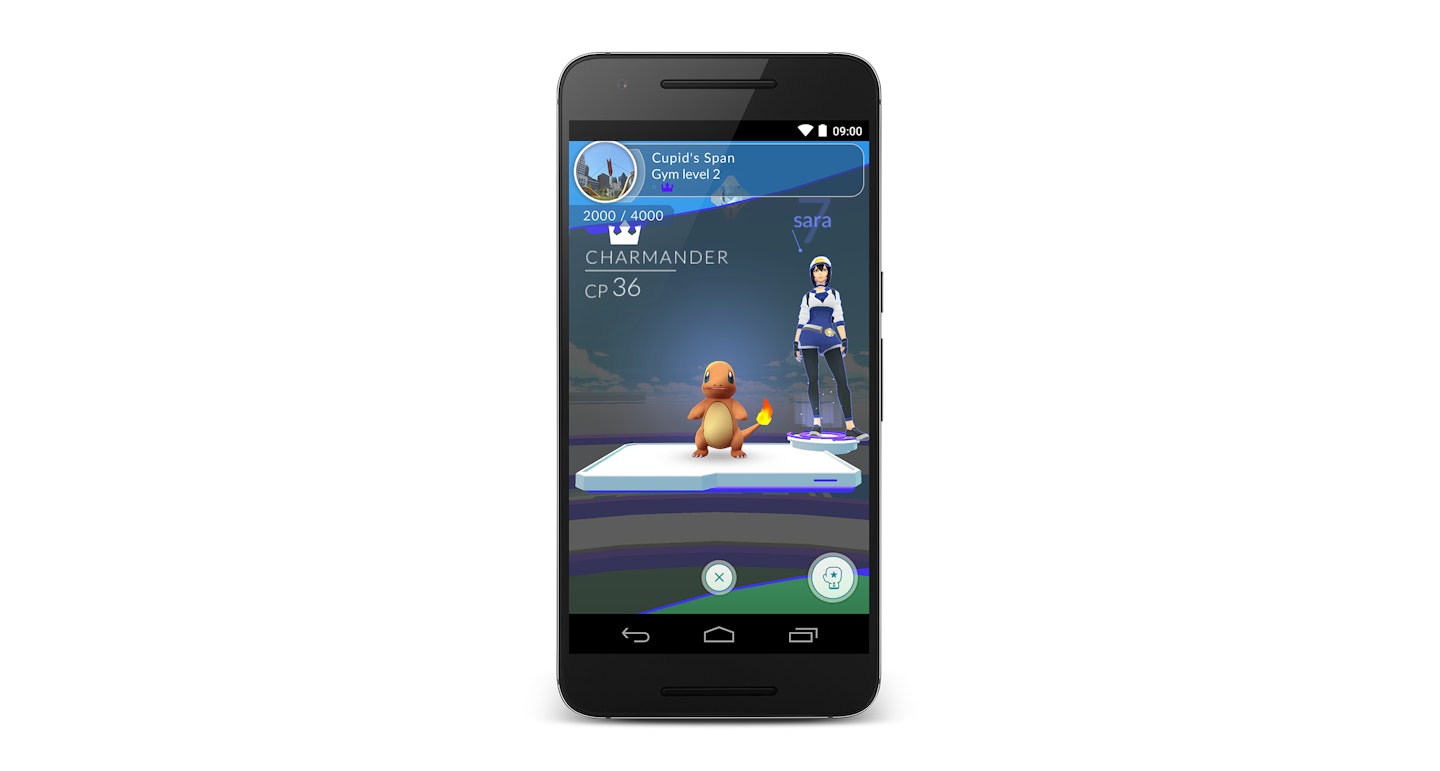
Bigger markers in the game are gyms, and when you hit level five, you can start challenging them. You'll have to choose one of three teams first – Team Instinct, Team Valor, or Team Mystic – but (sacrilegious as it is to say online) it doesn't really matter which you select.
Battles work differently in Pokémon GO to the conventional Pokémon games. You won't have the familiar four moves to choose from and take it in turns to attack. Here, the fights are in real time, and each Pokémon only has two moves. Rapidly tap the screen to use their first move, which fills a gauge for their second. This can be unleashed with a long press. You'll also need to dodge your opponent's moves, which is done by swiping left and right.
If you win a gym battle against a rival team, its reputation goes down. Get it down to zero, and you'll take over the gym for your team. You'll need to leave a Pokémon of your own behind to claim a gym, but it will be automatically returned to you once it's been defeated. Although they won't gain experience through gym battles, holding a gym allows you to claim Pokécoins – the game's premium currency, otherwise purchased for real money – once every 20 hours. You'll earn 10 coins for each Pokémon guarding a gym when you claim.
Powering up your Pokémon
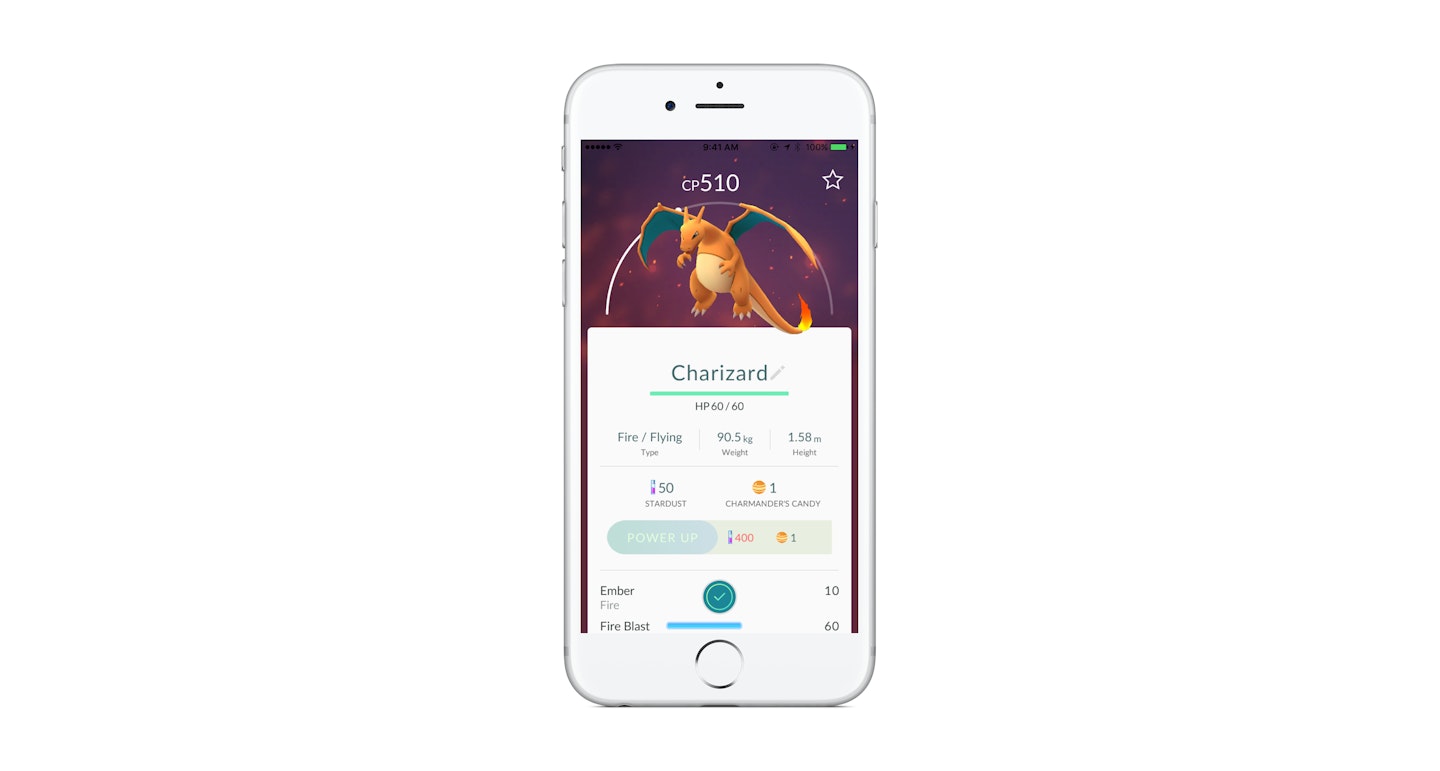
Instead of levelling up your Pokémon through training and battles, in Pokémon GO you boost their stats with Stardust and Candies. Stardust is a shared 'currency', and you'll earn roughly 1000 for each Pokémon you catch. You then spend it, along with one or two pieces of candy, to increase a Pokémon's CP (Combat Points) and HP (Health Points). This fills an arc at the top of each individual Pokémon's info page, but costs more for each upgrade as you get closer to filling it.
Candy is unique to the lowest evolved form of each Pokémon, earned when catching, and used to power up all subsequent forms. For instance, Caterpie candy is found when you catch a Caterpie, Metapod, or Butterfree (though evolved forms are rarer to find) and can then be used to boost any of the three, but not Pokémon outside that chain.
Evolving your Pokémon
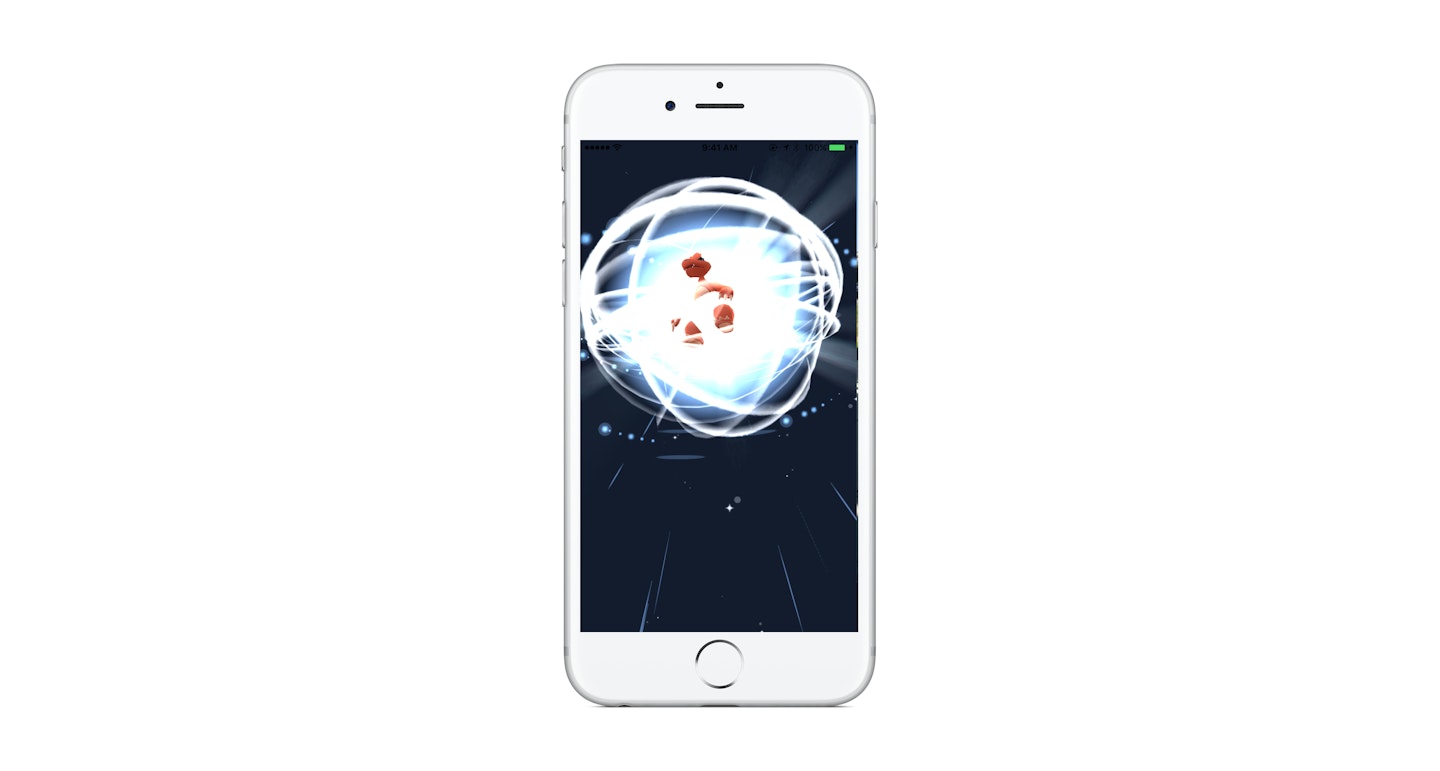
Candy can also be used to evolve Pokémon. Each Pokémon requires a certain amount of Candy to evolve to its next form, but no Stardust. Common Pokémon cost a lot less – only 12 to evolve Pidgey into Pidgeotto, and 50 to evolve onto Pidgeot. However, to evolve Oddish to Gloom takes 25, then 100 to achieve its final form of Vileplume. At the top end of the scale, useless Magikarp takes 400 candies to evolve into the fearsome Gyarados.
The economics of the system means that you'll need to catch a lot of 'junk' Pokémon to have enough Stardust to power up the more powerful Pokémon, while often struggling to find enough of the rarer creatures to have enough Candy to evolve them. It's a precarious balance that makes powerful Pokémon all the more exciting.
Levelling up
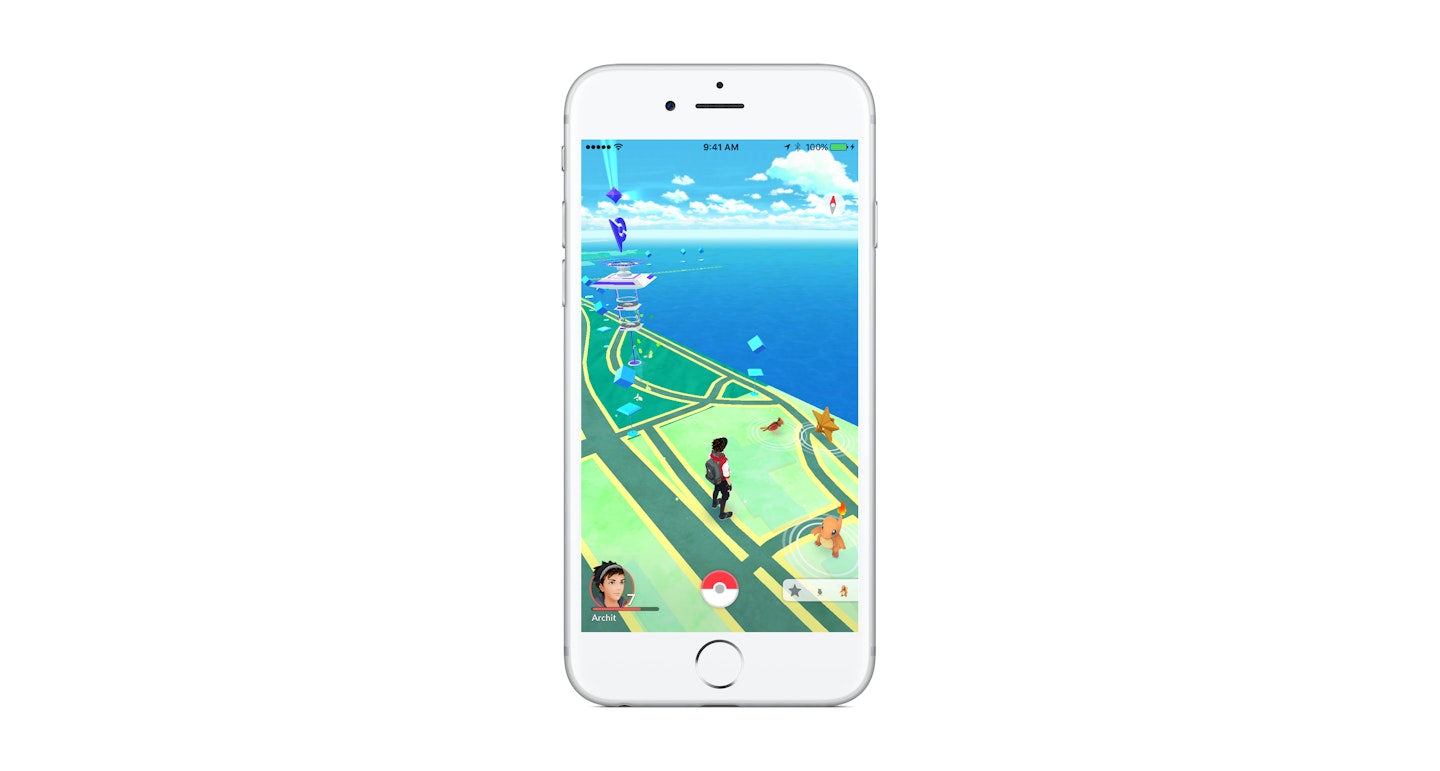
There is an experience points system in Pokémon GO, but it's for you. Your character gains a little bit of EXP for everything you do – activating a Pokéstop, catching a 'mon, winning a gym battle – and as you level up, you'll unlock more powerful items.
There's a trick to getting there faster though, and it involves lots of evolving and a special item called Lucky Eggs, which double the EXP you gain for 30 minutes. While you could run around activating Pokéstops like crazy, there's a better route. Catch as many Pidgey, Rattata, or other common Pokémon as you can, and save up their candies. When you have a ton, use the Lucky Egg and start evolving them. You normally get 500-1000 EXP for each Pokémon you evolve, so this technique can mean up to 2000 EXP a pop, and many levels gained in a short span.
Hatching eggs
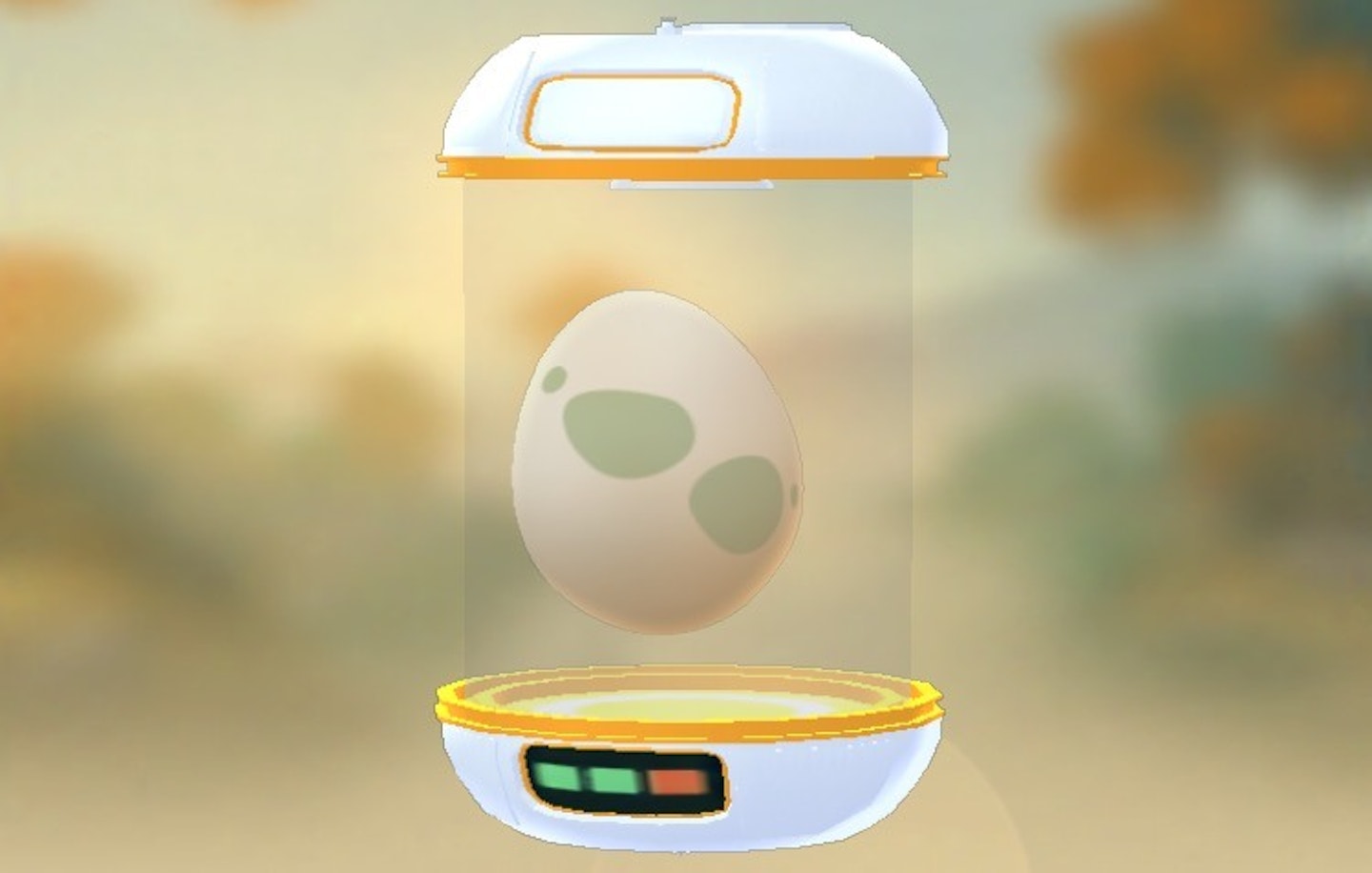
Pokéstops will occasionally pop out eggs. You'll have one infinite use incubator, while extras can be bought for Pokécoins. Randomly supplied in 2km, 5km, or 10km versions, you'll need to walk that distance – with the app open, unfortunately – for the egg to hatch. While the 2km eggs rarely have anything interesting in them, the 5km and 10km eggs can provide some seriously rare Pokémon. Another egg annoyance is that there's currently no way to discard eggs you don't actually want to hatch, and you can only carry nine eggs at a time. Hopefully, this will be fixed in future updates.
Remember: every Pokémon is different
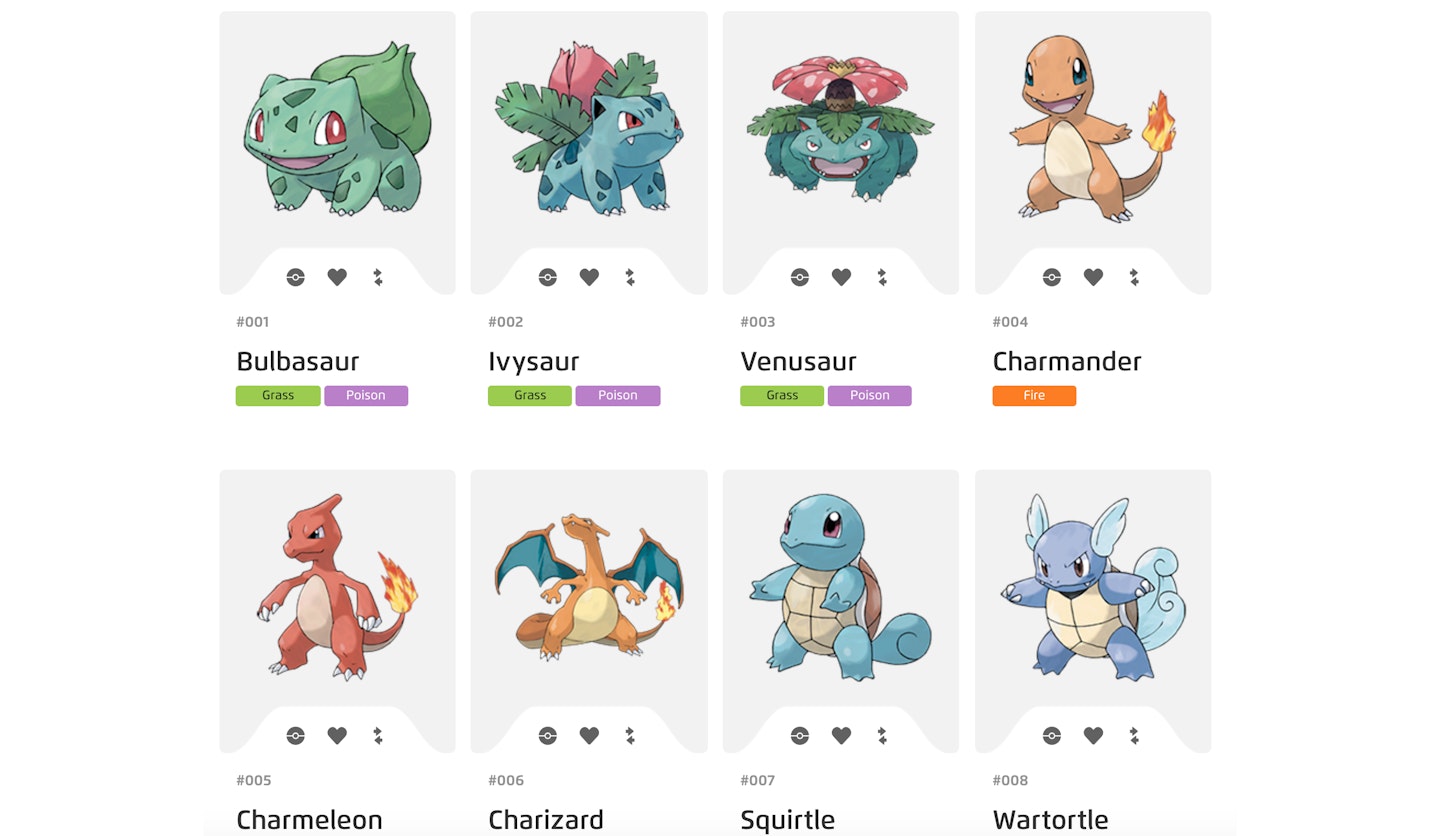
Finally, pay attention to the Pokémon you catch. Two of the same Pokémon may have completely different moves, which impacts gym battles. While a low CP can be corrected with enough Stardust, the moveset can be the real deciding factor, especially if you're lucky enough to find a Pokémon with a move different to its elemental type. This may mean catching multiples until you find the perfect partner, but the right mix of attacks and power can be the difference between victory and defeat!
Now go forth and catch them all!
